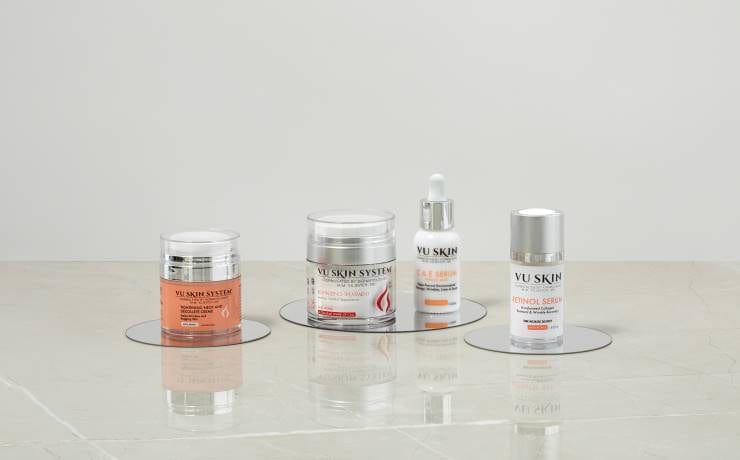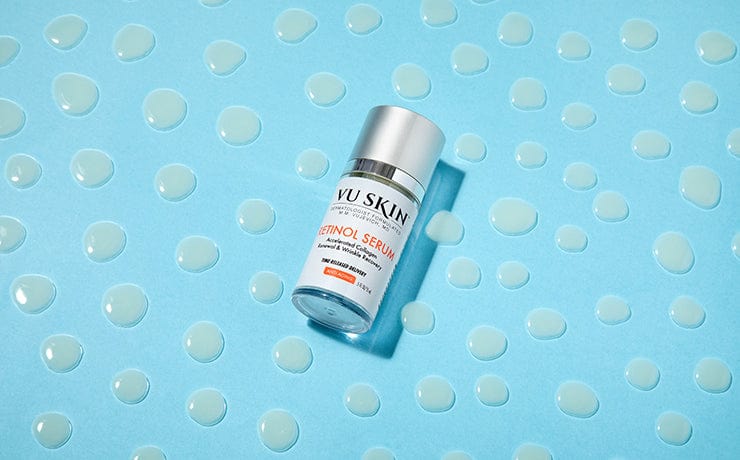
The Risks of Indoor Tanning
Every day nearly 1 million Americans tan in a tanning salon; nearly 30 million Americans tan indoors annually and 2.3 million are teens. Indoor tanning beds raise your risk of melanoma, which is the deadliest form of skin cancer by 59% and the risk increases with each session. Melanoma is found to be increasing faster in young women, ages 15-29 years old) than in young men of the same age. Nearly 70% of tanning salon patrons are Caucasian girls and young women.
Studies have demonstrated that exposure to ultraviolet (UV) radiation during indoor tanning damages the DNA in the skin cells. Also excessive exposure to UV radiation during indoor tanning can lead to premature skin aging, immune suppression, and eye damage, including cataracts and ocular melanoma. This significant increased risk goes beyond Melanoma to non-melanoma skin cancers such as squamous cell carcinoma and basal cell carcinoma.
Indoor tanning equipment, which includes all artificial light sources including beds, lamps, bulbs booths etc., emits UVA and UVB radiation. The among of radiation produced during indoor tanning is similar to the sun and in some cases may be stronger. The United States Department of Health and Human Services and the World Health Organization’s (WHO) International Agency for Research on Cancer panel have declared UV radiation from the sun and artificial sources, such as tanning beds and sun lamps, as a known cancer-causing carcinogen or substance.
If you want to look like you’ve been in the sun consider using a self-tanning product, but continue to use sunscreen with it.







Leave a comment
This site is protected by hCaptcha and the hCaptcha Privacy Policy and Terms of Service apply.